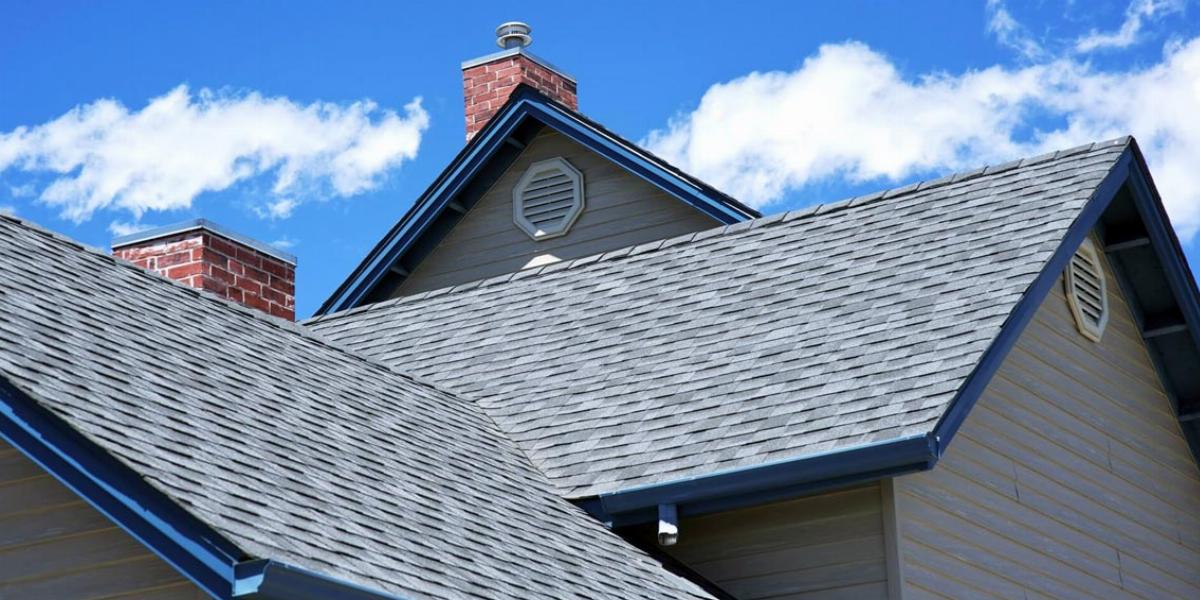
You could be leaving money on the table every time you hand a client an estimate. According to Roofing Contractor magazine, 90 percent of roofers regularly underbid jobs. This is mainly due to paying more attention to materials than the complexity of the labor involved in a particular project.
In this post, we’ll show you how to bid a roofing job with an estimate that will both appeal to potential clients and ensure that you’re leaving room for profit. Here’s what to do.
Figuring out your material costs is the first step in the bid process. Work carefully and keep detailed notes to make sure you’re giving yourself an accurate estimate. Sloppy work during this process sets the stage for underbidding. Here’s how to do things right:
Evaluate the condition of the existing flashing.
|
|
|
|
|
|
|
|
1.4 on the higher end |
|
|
1.7 on the higher end |
In addition to the squares of shingles the job will take, make a list of all the other materials you’ll need, and their approximate amounts. This usually includes:
With your material costs in hand, you’re almost ready to start writing out your formal bid. But there’s still a little legwork left.
This is where most roofers end up lowballing themselves. Remember that your roofing bid shouldn’t just account for the labor needed to install the new shingles. You should also be accounting for the added time and complexity of challenges like:
Once you’ve got a handle on your labor costs, don’t forget to account for overhead like:
Finally, add in either a percentage markup or a total dollar amount for the profit margin you’re looking to make.

Writing a good roofing estimate is all about making it easy for potential clients to understand what they’re paying for while communicating the added value your business offers. These are the basics you should include:
Many roofers give only the total price, so simply listing each cost as a separate item will help separate your bid from the competition. But you should also create a positive impression of your service by:
Cement your bid’s good impression by using a professional looking template—you can find plenty of free options online—that includes your business’s name, contact information and logo. This will make you look much more trustworthy than a company who gives out handwritten estimates.
Using these tips, you’ll be able to write roofing estimates that give potential clients a better impression of your work while ensuring that you’re not leaving money on the table by underbidding. Check out our Trades & Construction section for more resources on growing your roofing business. Got any tricks for making cost estimates quicker and easier? Pass them on below. Then get out there and start bidding roofing jobs more successfully than ever.